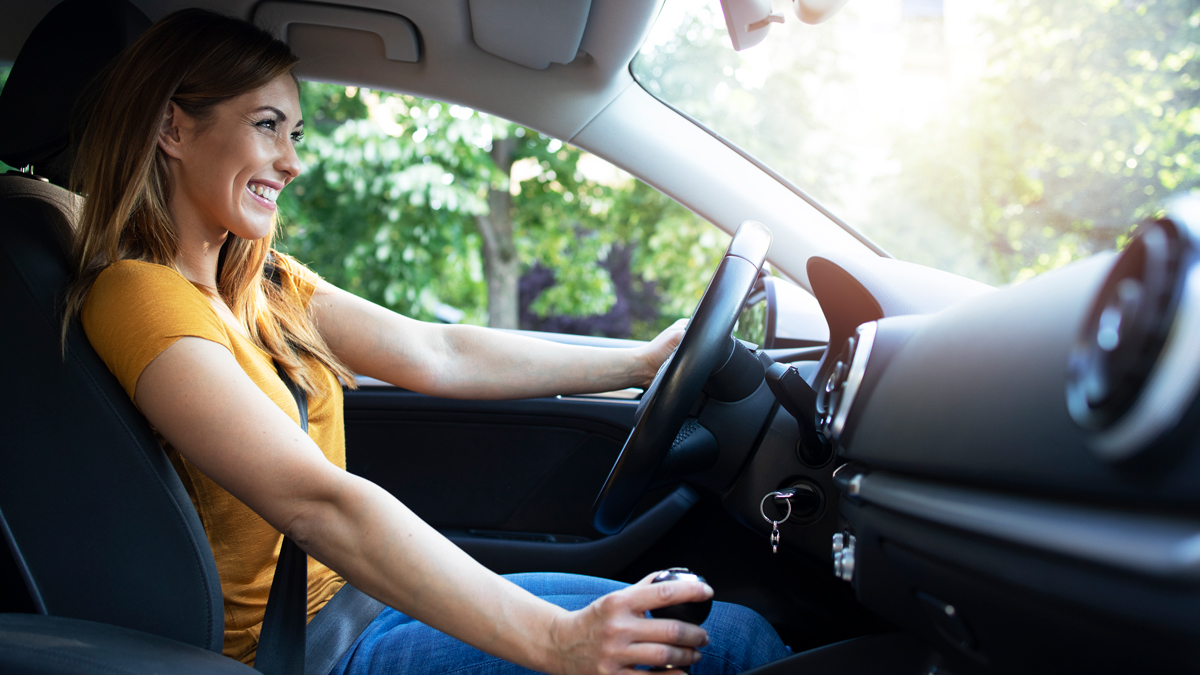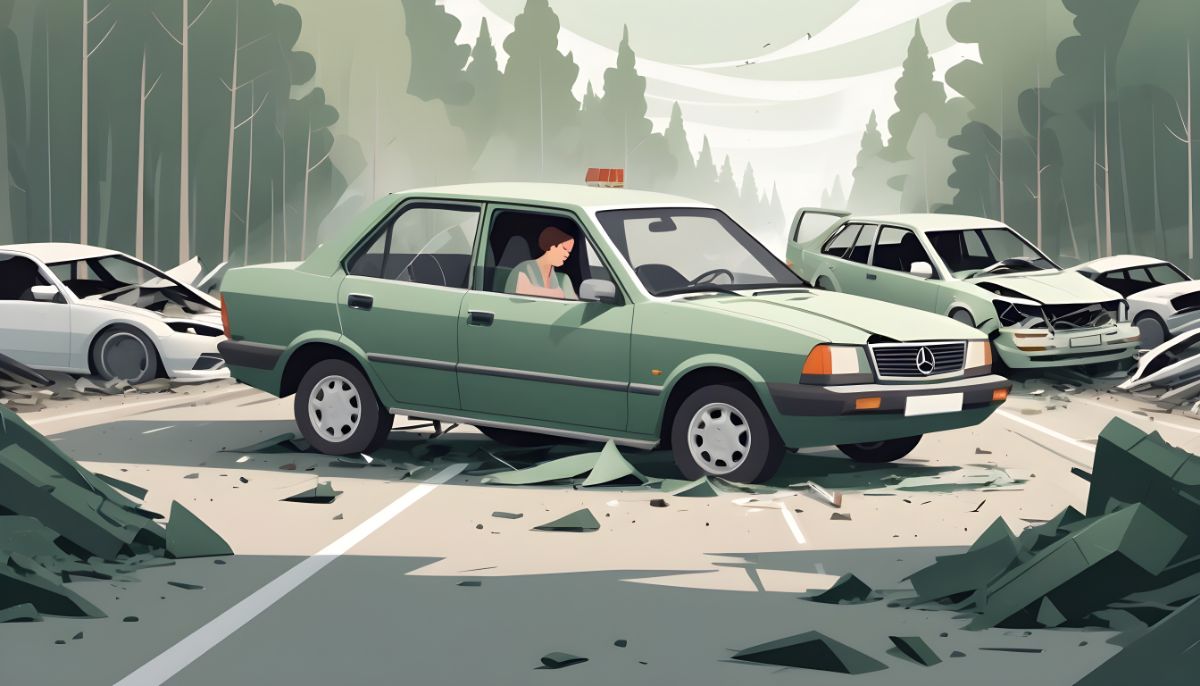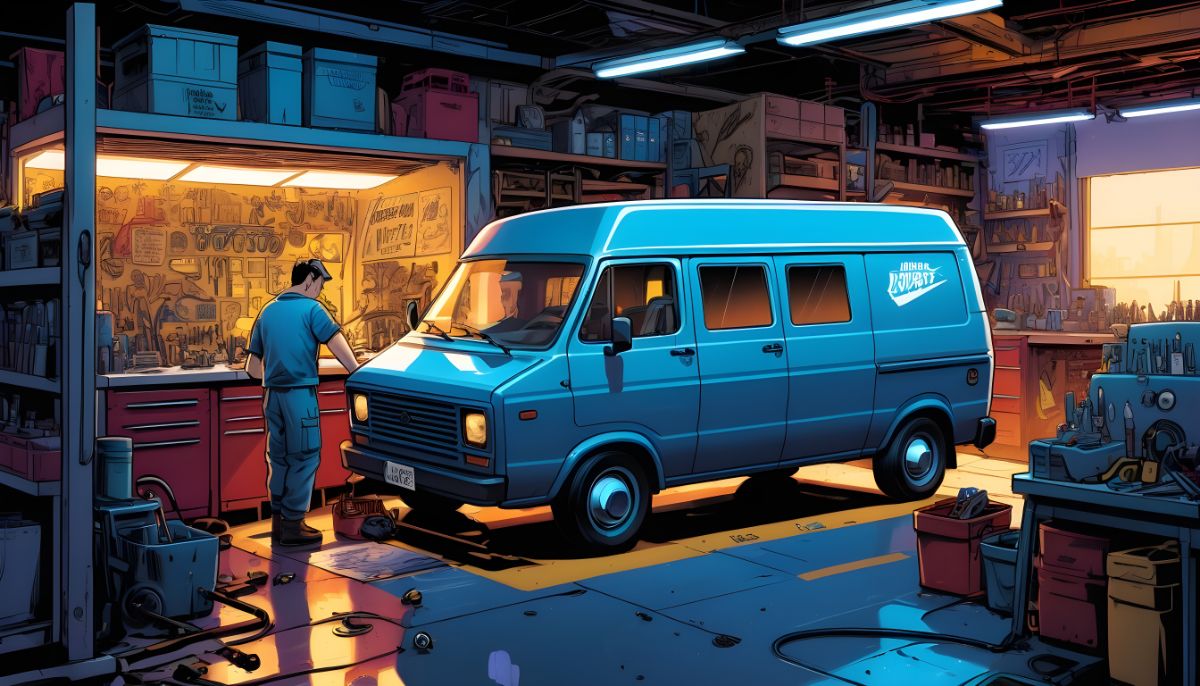
No one likes having their driving skills corrected by a backseat driver, especially when the criticism is valid. It’s nothing short of frustrating. Nevertheless, you don’t have to sit and take it; instead, you can work on improving your skills to shut down all critics and ensure your safety on the road. This article offers seven steps you can use to improve your driving for the next time you’re with an annoying passenger.
1. Think Ahead
If you’ve ever watched or read some Sherlock Holmes, then you already know how thinking ahead works. It’s all about charting a course of action and anticipating possible outcomes based on what you see or know. Having that skill can drastically improve your driving level as it keeps you a few steps ahead of any sudden action. That way, if a few spaces ahead you see a tailgater, you can leave out enough space or change lanes to avoid a potential collision. If you’re also keeping an eye on the traffic far down the road, you can estimate how far you’ll be able to go before having to brake, which minimizes gas consumption.
2. Adjust Your Setup
It’s quite common for drivers, especially new ones, to neglect to adjust their seats and mirrors. New drivers tend to drive in uncomfortable positions without realizing that, even if the seat is only a couple of centimeters away from a perfect position, it can affect their driving. In other words, to become a better driver, make sure you find the perfect seating posture, steering wheel height, and mirror angles.
3. Perfectionism Is Key
When washing your hands, do you ever need to stop and remind yourself which hand goes first? No, right? As a kid, you probably had to be reminded to wash your hands, but now it’s become a habit, as with any active action that our brain deems important enough to convert into a passive habit.
When it comes to driving, it works pretty much the same way. The driving habits you form when learning dictates your driving style, and according to the Perth driving instructors at learntodrivedrivingschool.com.au, the standard of learning approach you take early on is the main contributor to your future safety on the road. How you condition your mind to drive when you’re alert will dictate how you drive when zoned out or when jamming to your favorite song. If you pursue perfectionism actively, it will show when you get used to driving.
4. Never Assume Other Drivers Are Alert
One fool-proof way of avoiding road accidents is preventing yourself from making any assumptions. Don’t assume that the driver on your four o’clock is focused enough to slow down when you suddenly shift lanes. Don’t assume that the driver in front of you won’t hit the brakes out of the blue. Definitely don’t assume that no one will cut you off. Drivers come in all shapes, reaction times, moods, and concentration levels. You can’t control them, but you can always control your own driving.
5. Tune in to the Traffic
If you’ve ever found yourself accelerating and braking too abruptly on a packed road, it means that you’re out of tune with your surroundings. Especially if you’ve been driving on a highway for a long time, it takes a while to get used to the traffic jam. The best thing you can do here is to take a couple of breaths, play a slow song, and decrease your own internal pace. Once you can control your own pace, you’ll be able to adapt to any type of traffic.
6. Laugh It Off
Bad drivers are everywhere. Sometimes, a jerk will cut you off, forcing you to swerve away, and other times, you’ll be the jerk. It’s the circle of life. On the one hand, you can get angry and let the road rage get to you. On the other hand, you can keep your cool, laugh off their horrible driving, and wonder when you’re going to pull off something similar. It’s your choice.
7. Know Your Car’s Size
Any good driver knows how big their car is and where it can fit. Have you ever seen someone park in an impossibly tight spot? It’s because they know their car. You can be the same way if you start actively noticing the distances you keep between you and the other cars while parking. With enough visual cues, you’ll be able to park perfectly in the tightest of spots.
The key to becoming a better driver is knowing how to implement those seven steps. Our advice is for you to take them one or two steps at a time, rather than trying to incorporate everything at the same time; this will only make you lose your focus. The next couple of times, you go out for a drive, focus on anticipating people’s moves, and actively take note of your car’s measurements. Once this becomes a habit, practice another skill, and so on.




